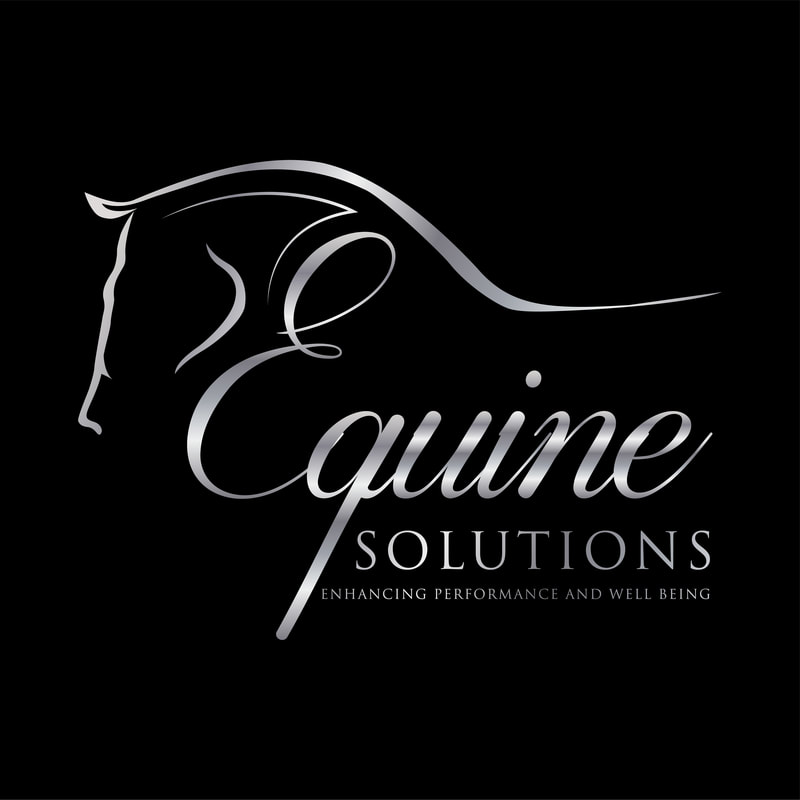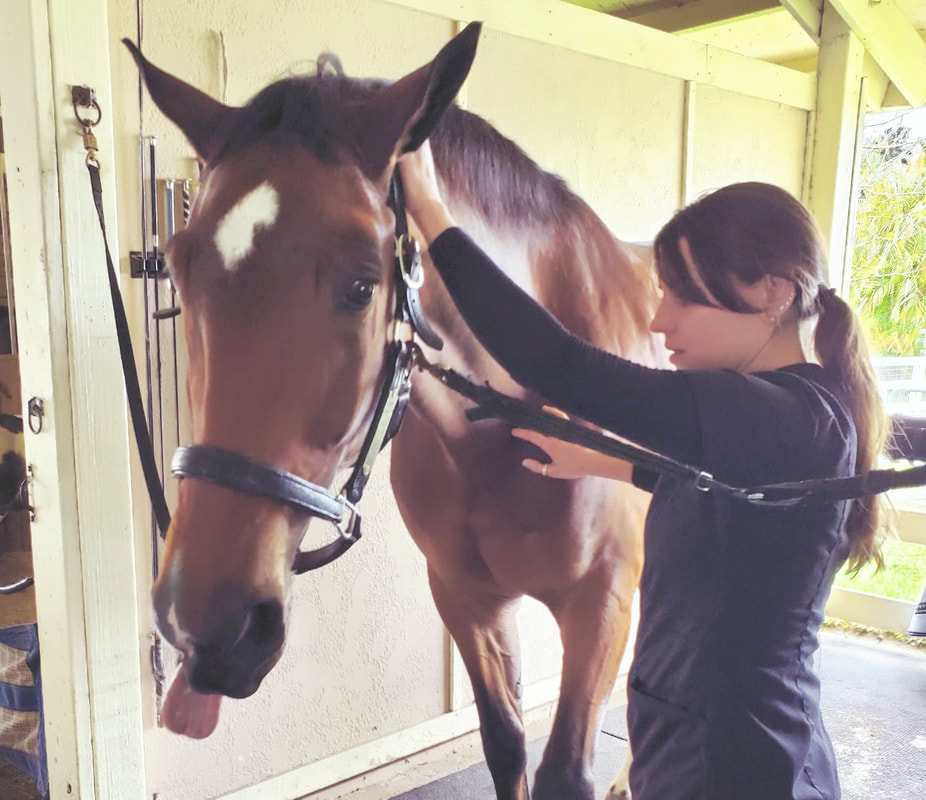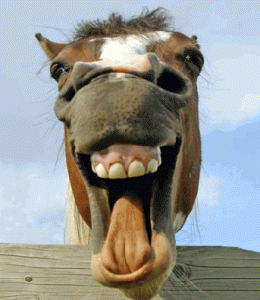|
Our horses are always communicating to us through their behavior and it’s our job to make sure we are paying attention to them. Some behavior are very noticable and we can pick up what they are trying to communication and others are very subtle and we need to pay close attention. During a bodywork session there are many signs and behaviors horse’s display to let me know what it going on with them. It is my job to listen and play attention. Here are 10 signs that horse’s display to let me know they are processing what is going on in their body and being to relaxing and release any tension they may have. 1. His Nostrils - a horse’s nostrils will be relaxed, soft and round with equal breathing on both sides. If he is feeling irritated or unhappy they become tight, thin and drawn. 2. The Tail - the tail is a HUGE part in the way a horse communicates. When he is relaxed the tail is fairly loose and swinging freely and evenly when he moves. In the absence of any injuries that affect where his tail hangs, it should be straight. 3. Ears - Your horse using his ears for many things and in many different ways, not only to communication with human but alway with other horses. They use their ears to listen, concentrate, or to tell to you back off. When you horse is relaxed and happy his ear are typically relaxed down, off to the sides or pointed in the direction you are in. 4. Pooping - yes, pooping is a sign of a release and relaxation. Regular dropping is a sign that your horse is happy and healthy. If they defecate during a bodywork session this is a great sign that he is letting go and relaxing. 5. Lower Jaw - A relaxed lower jaw is a big sign that your horse is relaxed and happy. It will be loose, hanging down and most likely dribbling. 6. The Man Drop - almost always during a bodywork session, when working on geldings or stallions they will relax their penis and drop. This is a sign that your boy is happy and relaxed. 7. The Eye Blink - this can be the most subtle behavior and you need to be paying attention and really entune with the animal. Many times during a session a horse will “process” what is going on in their body. This is happening because in a bodywork session you are not only affecting the muscular system, but also the circulatory system, nervous system. Digestive system, respiratory system, skeletal system as well as the endocrine system. Horse’s begin to blink rapidly when they are process what is happening in their body. Please know this is a different behavior then trying to avoid bugs or and eye irritant. 8. The Fidget - just like the eye blink this is a behavior a lot of horse display right before a big release. This can be anything from dancing around, pawning, shaking their head, or even trying to playfully nip and/or bite. A lot of people get frustrated and annoyed with these behaviors during a session but if we listen to the horse and allow him to express himself (always in a safe way) then he is almost always telling us that some change is happening in his body. I alway think of this behavior as the horse telling me “ something is happening in my body, something is changing and I do not know how I feel about it”. Almost always after a fidget a release happens in the body. 9. Licking and chewing - Licking and chewing behavior is probably one of the most misunderstood horse behaviors. It simply reflects a change in autonomic nervous system tone that results in salivation that stimulates licking, chewing, and sometimes a big swallow. The lick and chew reflex is actually an indicator of a release of stress or tension. During a bodywork session when a horse starts licking and chewing we associate it will a release of tension and restriction. 10. Yawning - the ultimate release! A lot of horses yawn during a bodywork session. It typically happens after coming across an area of tension and/or restriction. It is a way of calming and taking a deep breath. It is a behaviour that in contexts such as this often means more than we normally think it does. In fact, this type of behaviour is frequently referred to as a calming or appeasement signal and a way to redirect emotions and release tension. To learn more about equine bodywork and how it can help your horse feel and perform his best contact Meghan at [email protected]
0 Comments
Your comment will be posted after it is approved.
Leave a Reply. |
AuthorMeghan Brady is a equine industry professional specializing in a holistic approach for both horse and rider to enhance performance and well being. Archives
October 2023
Categories |







 RSS Feed
RSS Feed